
 Friends, welcome a special installment of our Sunday posts. Cliff Notes is a new series on Joy the Baker, authored by, my favorite baker and my favorite Cliff – MY DAD! Dad is the inspiration behind so many of the classics here on the blog. You know him and love him for his Chocolate Chip Cookies, Buttermilk Pancakes and of course the best Sweet Potato Pie on the planet. With Cliff Notes, Dad dives deep into the family history of these recipes and really, they’re a delight. I have to say, I’ve learned so much about the details of these family recipes as Dad has put these notes together. I hope you enjoy this big warm welcome to our Wilson family kitchen.
Friends, welcome a special installment of our Sunday posts. Cliff Notes is a new series on Joy the Baker, authored by, my favorite baker and my favorite Cliff – MY DAD! Dad is the inspiration behind so many of the classics here on the blog. You know him and love him for his Chocolate Chip Cookies, Buttermilk Pancakes and of course the best Sweet Potato Pie on the planet. With Cliff Notes, Dad dives deep into the family history of these recipes and really, they’re a delight. I have to say, I’ve learned so much about the details of these family recipes as Dad has put these notes together. I hope you enjoy this big warm welcome to our Wilson family kitchen.
With the holidays in full swing, we need the perfect dinner roll to go with our festive meal. That, dear friends, is this pillowy-soft and yeasty delectable that’ll mop up gravy, melt butter till it swims, and slide down the gullet in no time flat.
When I was born, my sister Cordellia was sixteen years old and entering her senior year at Compton High School. I called her “Dea” when I was learning to talk because Cor-del-lia was too hard for me to pronounce. The name stuck. Even my parents started calling her Dea. Our family lived on Juniper Street in Watts, a southside neighborhood of Los Angeles. Down the road a piece lived Sam Rodia, a junk collector and folk-art sculptor. For the entire time my dad lived in Watts (1920 to 1952), and from the time he married my mother in 1930, Sam Rodia was constructing a towering monument on his 107th Street property. It’s a series of interconnected towers (the tallest tower is 100 feet high) made of concrete, rebar and wire mesh, and festooned with tiles, glass, bottles, and other objects that he’d find. Rodia, an Italian immigrant, called it Nuestro Pueblo (Our Village). Today, his masterpiece is a historic landmark known as the Watts Towers. Two years before Sam completed Nuestro Pueblo, Dea graduated from Compton Junior College, and we moved into a house closer to UCLA where she’d start in the fall. It was on Victoria Avenue, and was previously the residence of the Consul General of Panama. While residing on Victoria, Mother attended night school and gave the responsibility of making dinners to her two daughters—20-year-old Dea and 18-year-old Dede. For Thanksgiving and Christmas, Mother would show Dea how to make her potato dinner rolls. Dea took copious notes trying to keep up, trying to bring order to Mother’s instinctive “add-a-little-this-and-a-little-that.” Hence, they became known as “Cordellia Ann’s Rolls” because she created a 6-page manifesto of measurements and instructions that she followed reliably. However, for the rest of us, her detailed recipe was as intimidating as an auto repair manual. Kudos to Joy for simplifying it and making it user-friendly.
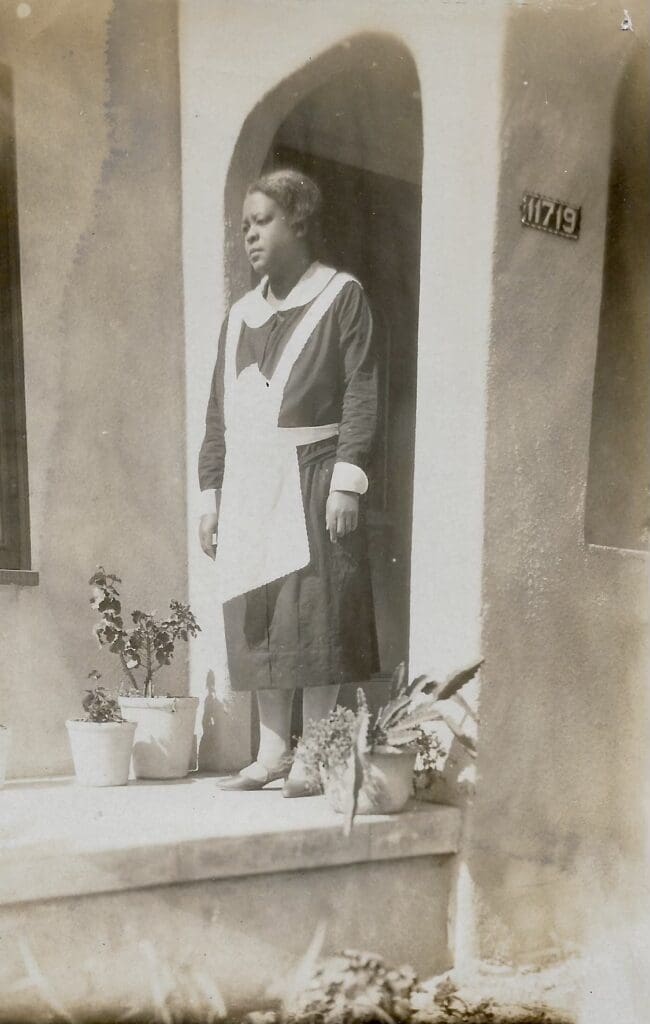
So how in the world did these pillows of heaven become so coveted in the Wilson household? I could say as a practical matter that Mother concocted the notion of using mashed potatoes, an abundant staple, to bulk out the flour because of an increase in wheat prices during wartime. But the flour/potato combo is not an original idea; it has been a source of breadmaking in the Netherlands and Ireland for eons. The reality is, Mother was taught how to make these rolls by her mother-in-law, Eunice Wallace—a fabulous cook in her own right. I never had the privilege of meeting my grandmother; she had passed away 10 years before I was born. But Mrs. Wallace, as the family respectfully called her, was a legend in the Wilson household. She had cooked for L. B. Taylor, owner of C. A. Taylor Trunk Works of Chicago, at his home in town and his summer residence in West Gouldsboro, Maine. Eventually, after my dad graduated from Peoria High School in 1919, she began working for Katherine Thorne, widow of former Vice President of Montgomery Ward. Mrs. Thorne had just married bond broker and bon vivant Billy Camp, and the two spent time between their home in Chicago and their bungalow at the Beverly Hills Hotel. They brought my dad and grandmother to California, and Mrs. Wallace cooked at the dinner parties they hosted for their movie friends. I’m sure those melt-in-your-mouth dinner rolls were an integral part of the meals. Sometimes I imagine what it would’ve been like witnessing Mary Pickford passing a basket of rolls to Douglas Fairbanks; or Norma Talmadge and Mabel Normand daintily nibbling their soft rolls while they chatted; or Buster Keaton and Fatty Arbuckle tossing rolls across the table in a fierce juggling match.

Cordellia Ann’s delicious namesake has a legacy that spans more than 100 years, passed down from chef to chef to chef. Now, thanks to Joy the Baker, it continues. This holiday season, fill your breadbasket with these hot, comforting delights of sheer loveliness and see how fast they disappear. Guaranteed, Mrs. Wallace will be smiling on all of you.
This recipe calls for Active Dry Yeast. Dea and Mother used fresh yeast, also known as “wet” yeast, for these awesome rolls. But today, wet yeast, which comes in 2-ounce cakes, is rather difficult to find. The more available and longer lasting yeast is dry yeast. The baking results are the same. If you happen upon the cake yeast and, just out of curiosity, want to try it, crumble one-third of a cake for this recipe into warm water and stir like you would with the dry yeast. And remember, don’t be intimidated. Joy will always be there to assure you that it’s not that complicated.
Enjoy!
xo Cliff
Find the recipe for Cordellia Ann’s Potato Rolls here!
Read Dad’s other Cliff Notes on his Sweet Potato Pie and Buttermilk Biscuits.


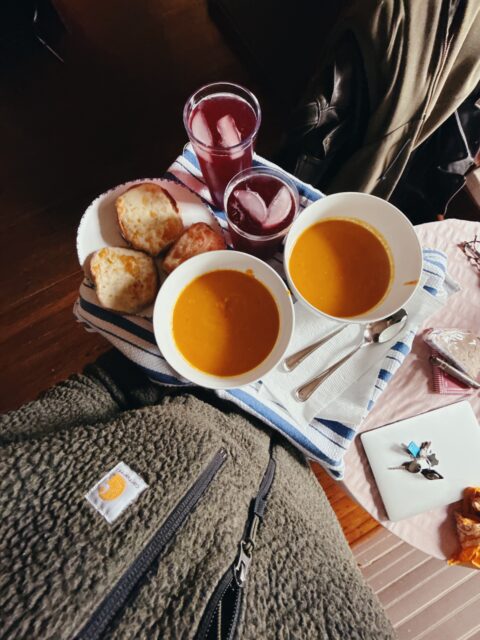
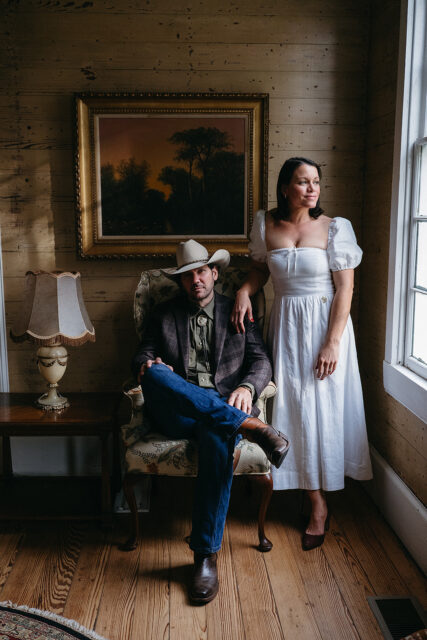
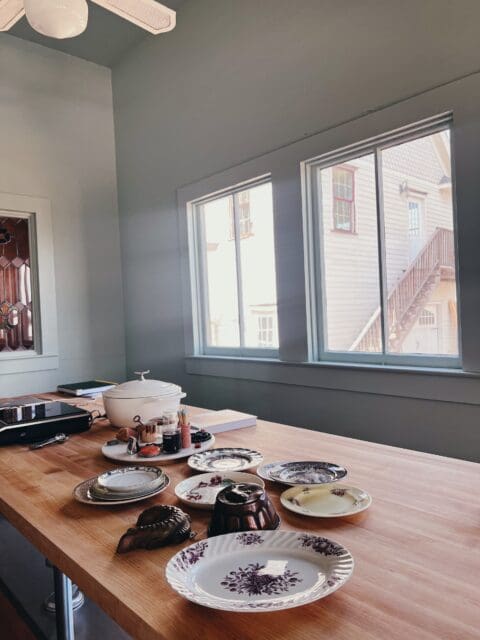

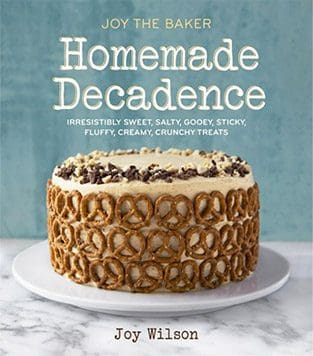
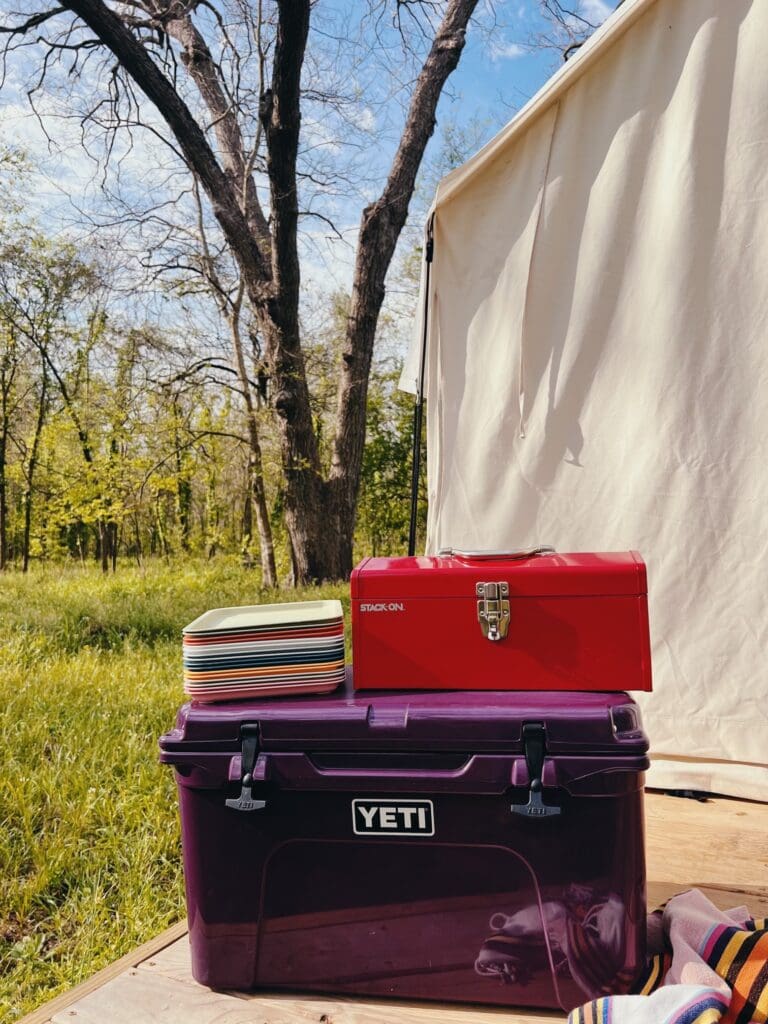

11 Responses
I don’t usually comment, but I LOVE Cliff Notes!??
Thank you Joy for introducing recipes and stories in your Dad’s words.
Thank you Cliff!
I come from a background where one half of my grandparents’ backgrounds was super secret due, we think to the stigma of colour and societal standing, so we, who are left, know nothing much of those who came before , and another half whose families were destroyed in WWII, tho my grandparents managed to escape. We have some of those recipes, but for specific holidays only.
Reading other people’s family recipes is very warming and precious, especially as I try to forge tradition in my own family.
So, thank you to you both.
What a delight! Thank you for sharing your family history with us. I’ve always been so intimidated by bread but maybe I’ll try again! Thank you Cliff – I hope you collaborate again soon with Joy.
What a beautiful slice of family history. It’s a treat to have so many accomplished cooks and bakers in one family, and to have all of the lore that goes along with the beloved dishes they all cook so lovingly for one another written is pretty special. Thanks to Mr Wilson for letting us into the kitchen for another wonderful piece of storytelling.
Absolutely beautiful story…thank you for sharing your life and memories…warms my heart and I soooo appreciate…thank you!
What a great story, Cliff! Maybe you two will make some for our holiday gathering. ?
Cliff is a keeper
Thank you so much for these lovely posts, Cliff! My family is not one that passed down much of anything, and definitely not family recipes (except my Mama’s cranberry-raspberry pie), so I adore reading about the history of Joy’s recipes that she’s shared here throughout the years.
Thank you again for another wonderful post, Mr. Wilson! I grew up near LA and I have several memories of the towers- I loved learning that you grew up near them while they were in progress. The stories of all the incredible women in your life are wonderful to read as well. Thank you and Joy for sharing them!
I absolutely love the addition of Cliff Wilson to the Sunday rotation!
Honestly, I could not think of anything better to read on the Internet these days. Loving these living history stories. Gosh we are so lucky for such great family intrigues you all share!!
I am from Maine where they use potatoes in doughnuts and wonder if that is because Maine has a ton of them up in the county or if the idea came from another region. This has me wondering about local history from my childhood. Joy, your dad’s wisdom is delightfully crawling across the digital networks in the best possible way.